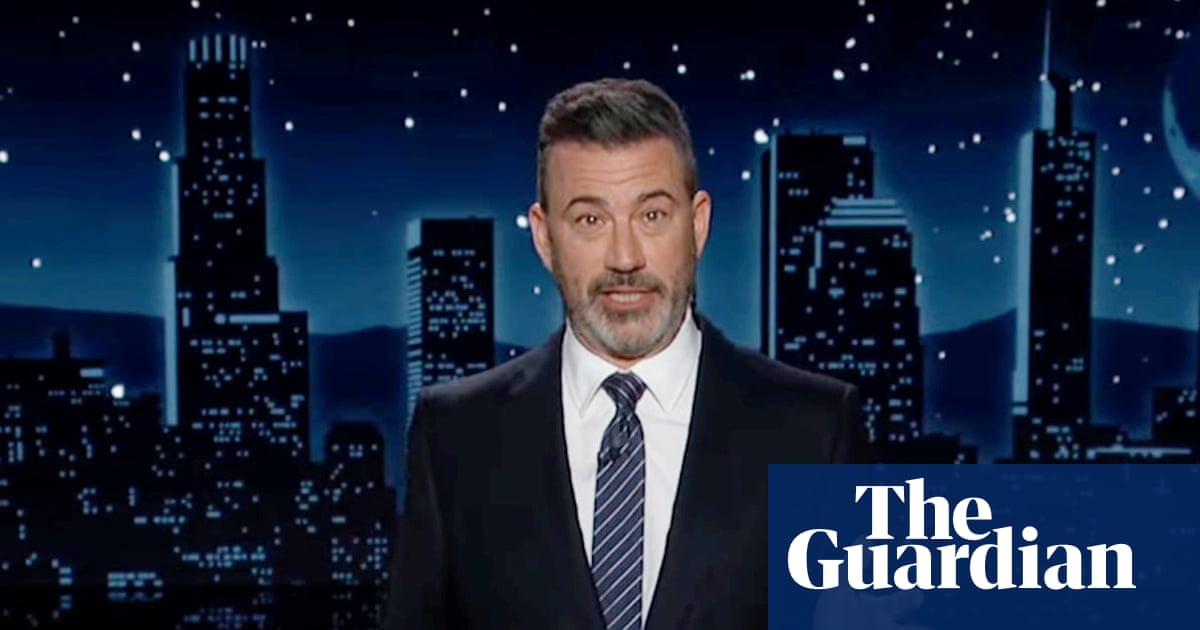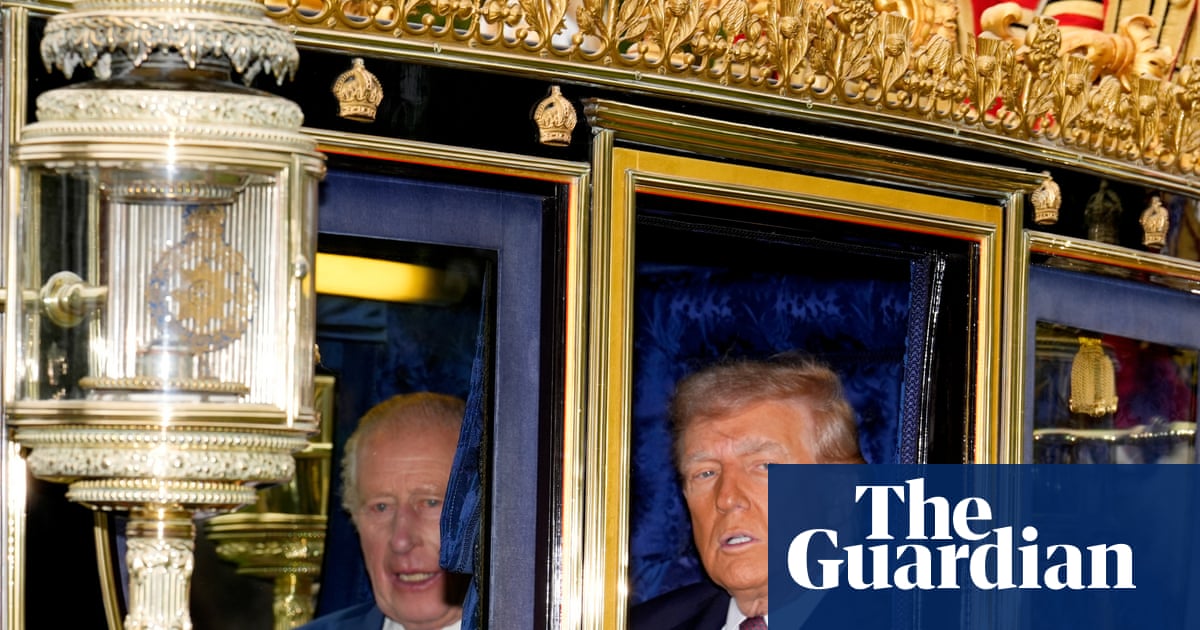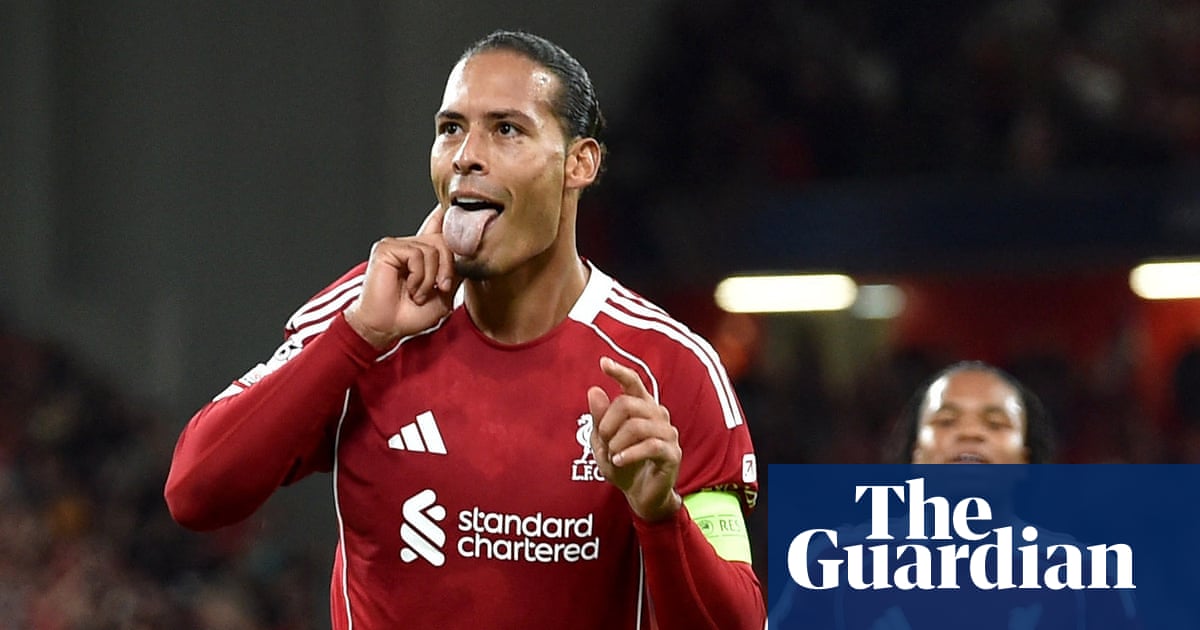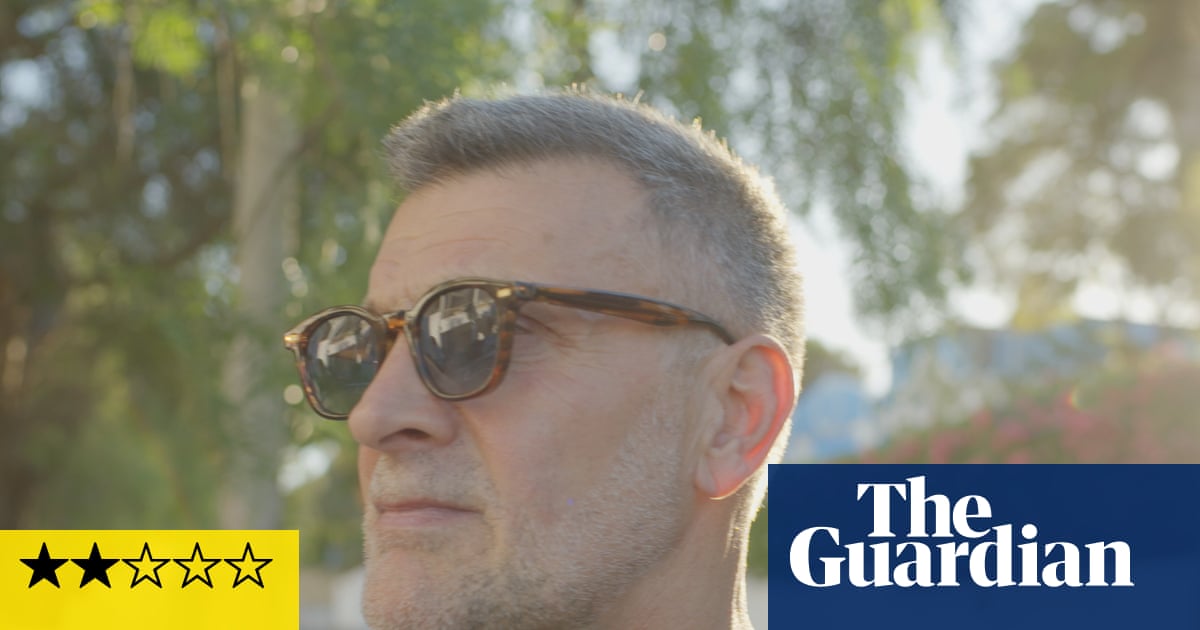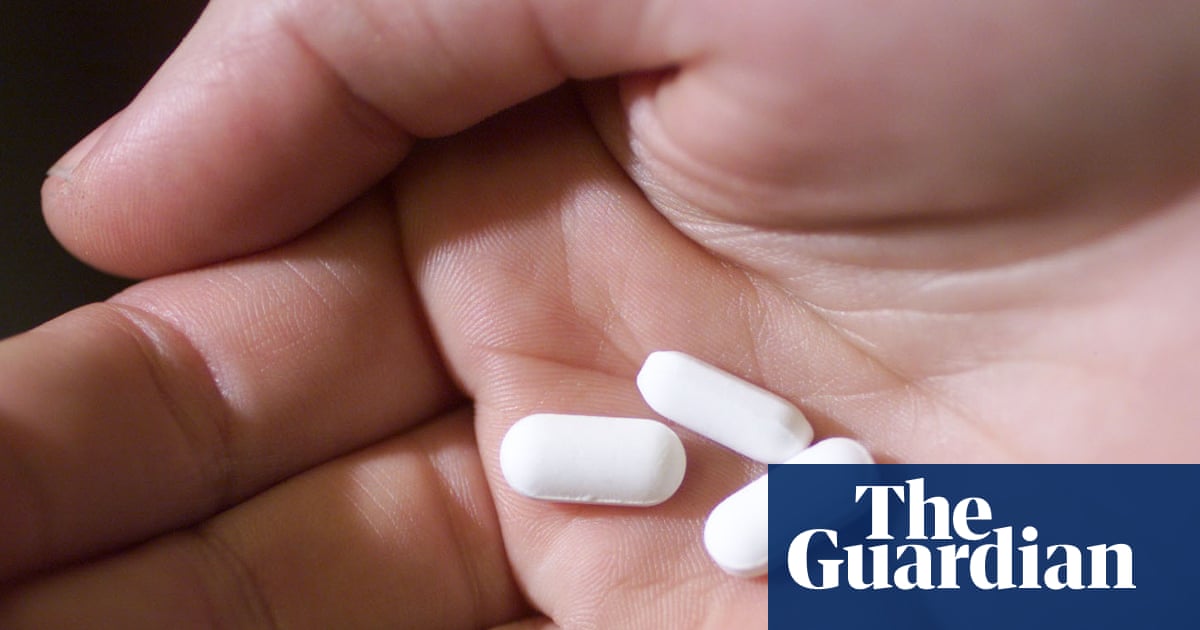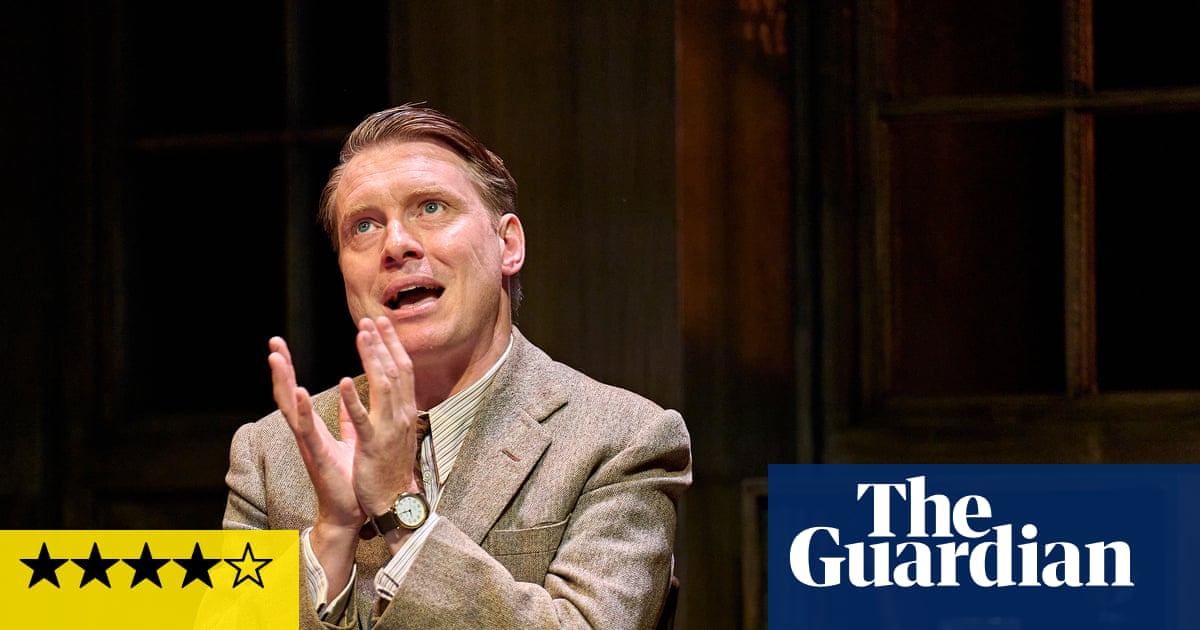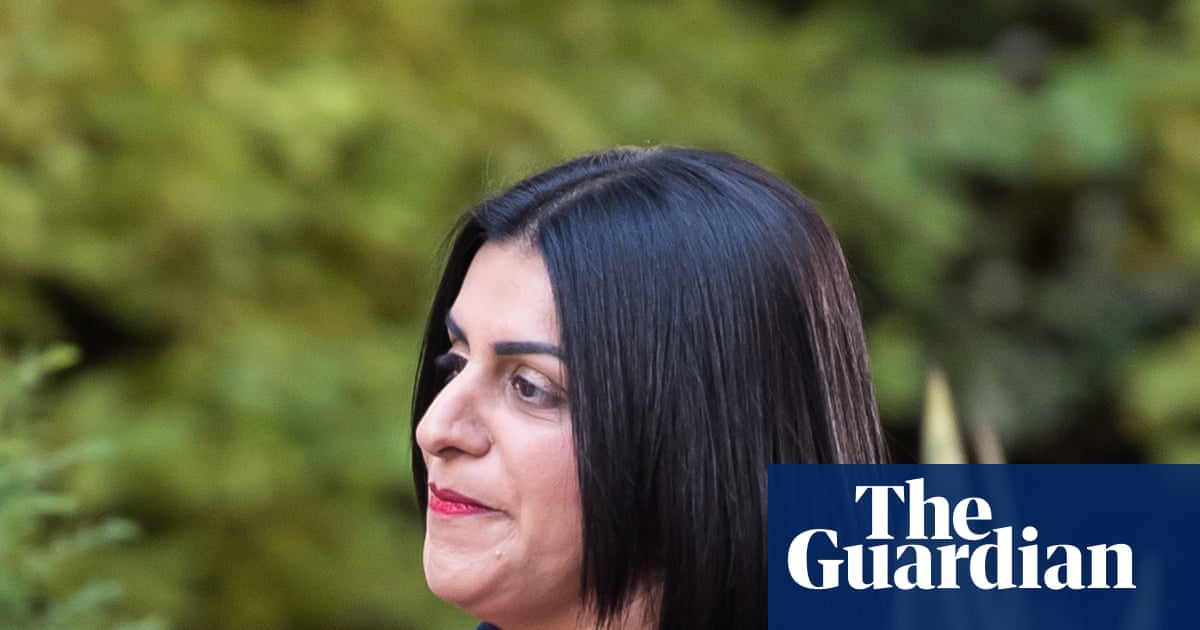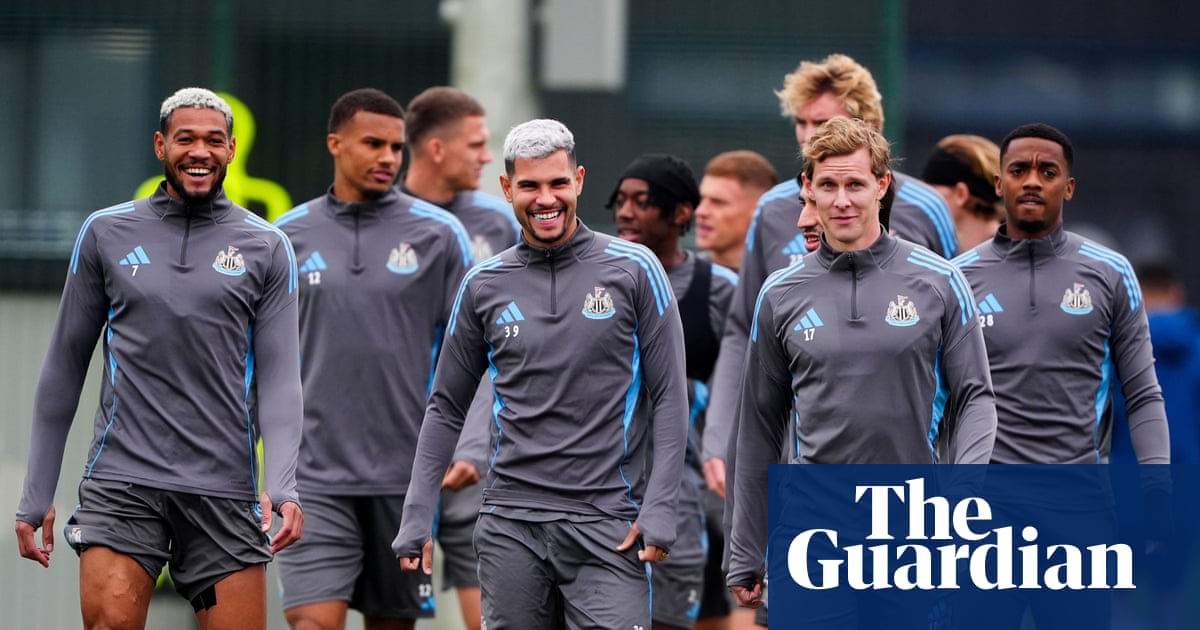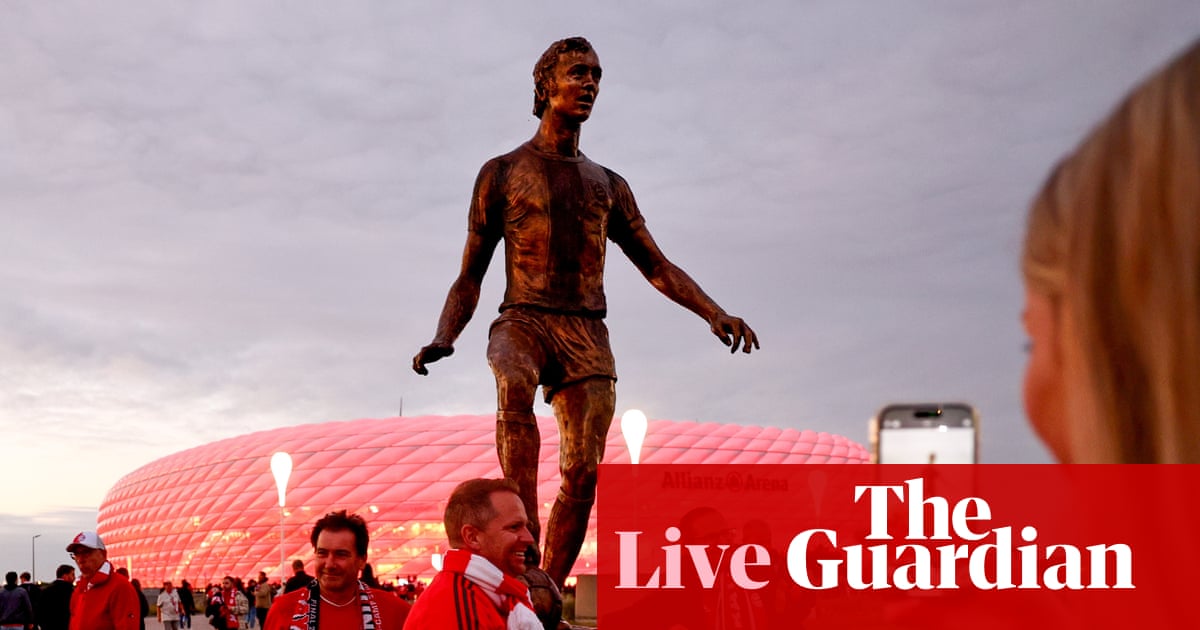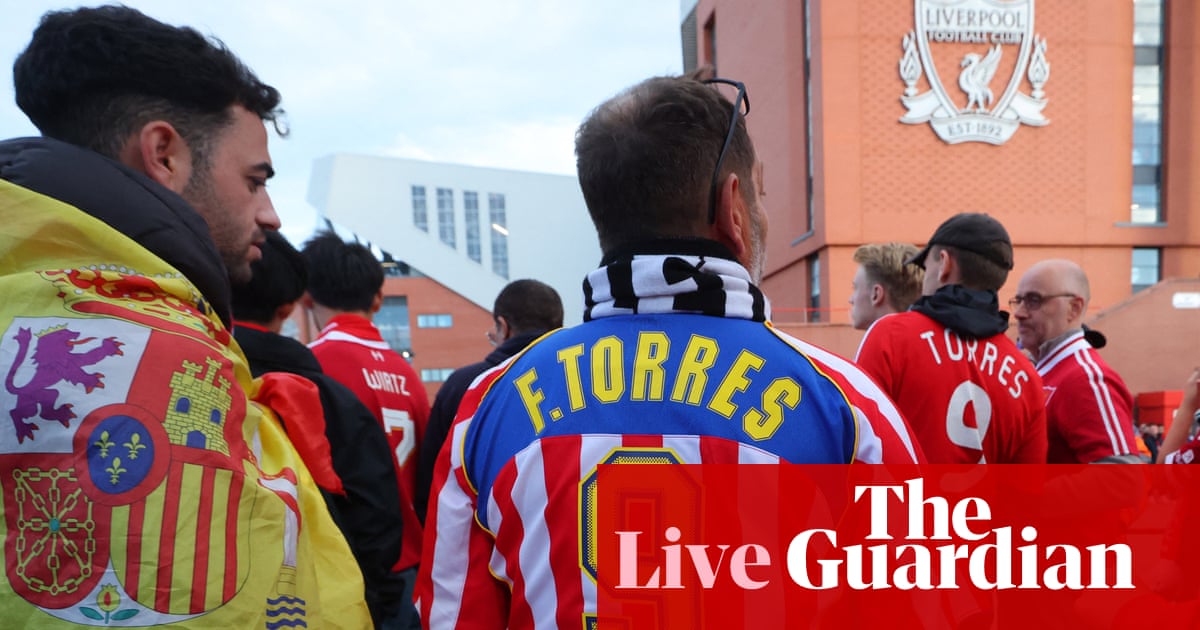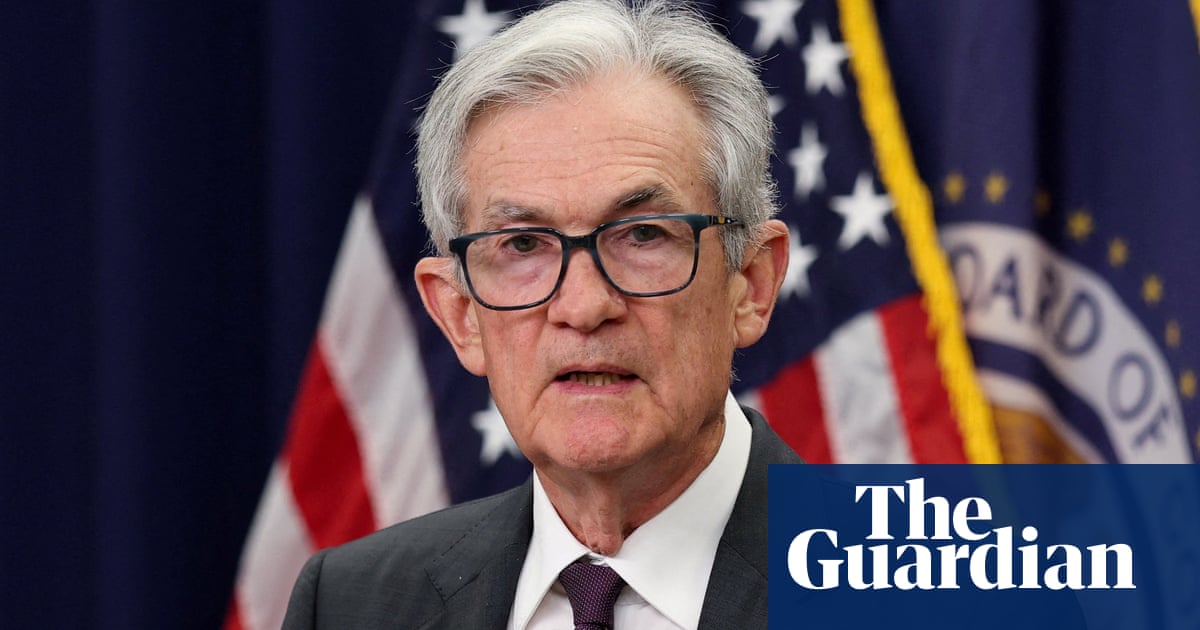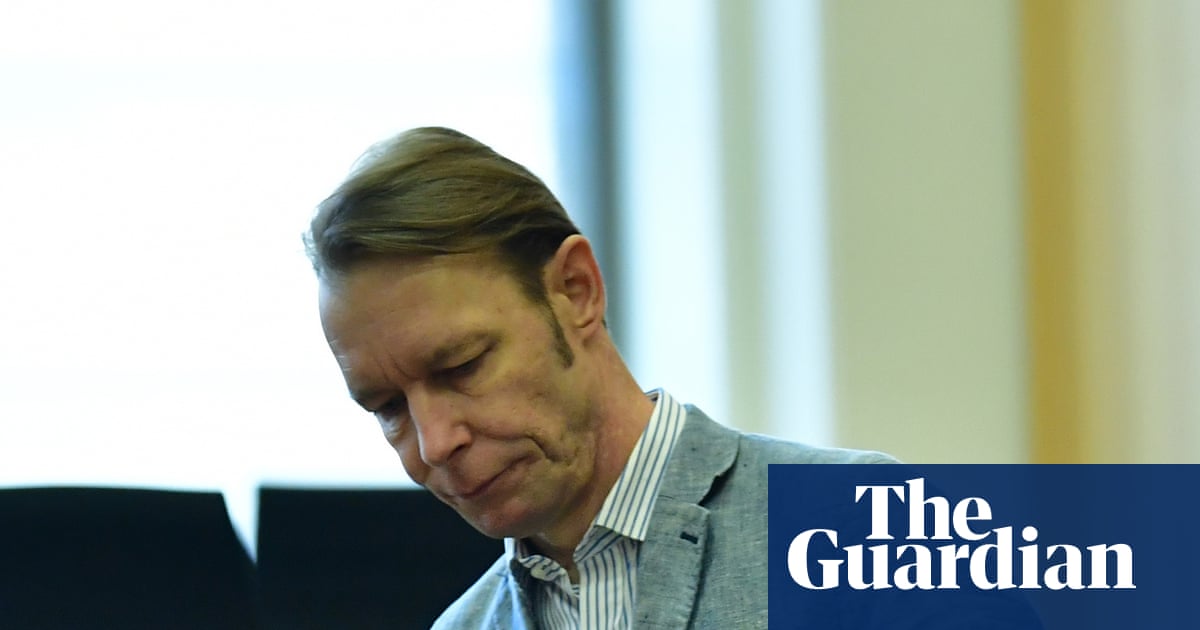Years before he was a modern art megastar, long before the cool pop perfection that would make him one of the most popular painters of the past century, David Hockney was a student. Some of his early works from this period have been brought together at a small but perfectly formed exhibition, curated by Louis Kasmin, grandson of John Kasmin, the dealer who first spotted Hockney.
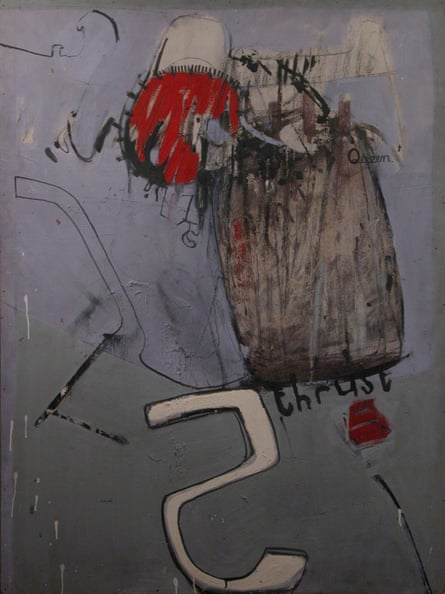
After leaving the Bradford School of Art, Hockney showed up at the RCA in 1959 ready to kick the art world’s doors in. But this is not the Hockney the world knows now. There is no simplicity, no calm. There are no cool, flat planes of bright colour. Rather, young Hockney was a frantic, angry, tempestuous thing.
And he was clearly slightly over-enamoured of the ultra-hip abstract expressionists in New York. These paintings, prints and drawings are full of vicious scribbles, irate marks and tempestuously flung paint. It’s almost bewildering to see the guy known for the precise restraint of A Bigger Splash going all hyper-expressive and emotional.
He was also almost unstoppably horny. A vast white phallus plunges into a huge splodge of brown in Erection; another pierces up into a plane of white in Shame. Men embrace chaotically in We Two Boys Clinging Together, while a figure thrums with angry static in Composition (Thrust), the word “queen” angrily scrawled down its back. These are works filled with the excitement of burgeoning and, at the time still illegal, sexuality. Hockney was learning to embrace being a gay man, and the art here is a pretty good indicator of what he spent most of his time doing.
Whatever spare hours he had away from this pastime he clearly spent immersing himself in all the modern art wonders London had to offer. It was his first time living in the capital, his first chance to lose himself in what its galleries had to offer.
Hockney’s modern aesthetic is so unique, so ubiquitous, so incredibly him, that it’s a shock to see such glaringly obvious influences in his work. Twombly-esque scrawls, Bacon-y smudged figures, Rauschenbergian mess, Jasper Johns-like lettering. It’s all a little derivative.
Not that there’s anything wrong with that. Nothing here feels like a rip off or cheap copy. Rather, it feels like synthesis, as if Hockney was absorbing all the big hits of modern art of his time, mashing them together and spitting out something new.
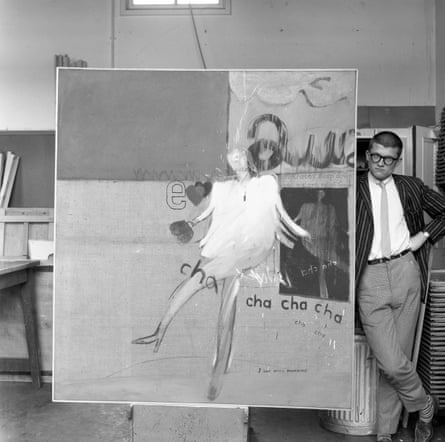
Hockney found himself surrounded by competition, too, including the likes of Derek Boshier, Patrick Caulfield and Allen Jones who would soon help invent pop art. He had to raise his game.
And his game was clearly not abstraction, which as this show progresses he largely ditches, and for the better. The prints of his take on A Rake’s Progress are stark, political and confrontational, and then the last two rooms get even more figurative; a giant bespectacled demon (likely Hockney himself) stomps between New York skyscrapers, a woman dances herself into a blur, two semi-nude, barely there figures haunt an empty room, sitting on a filthy mattress. It’s all assured and so confident, bursting with love and sex and partying. It might not be abstract, hard edged experimentation, but it’s still undoubtedly something new.
The temptation is to view this show purely as the first steps of an artistic giant, to look for hints in all this dark energy and chaos as to what he’d eventually become. That’s fair enough, but it’s also great art on its own merit, a portrait of youth, excitement, joy, hormones and sheer creative will.

 3 months ago
150
3 months ago
150
